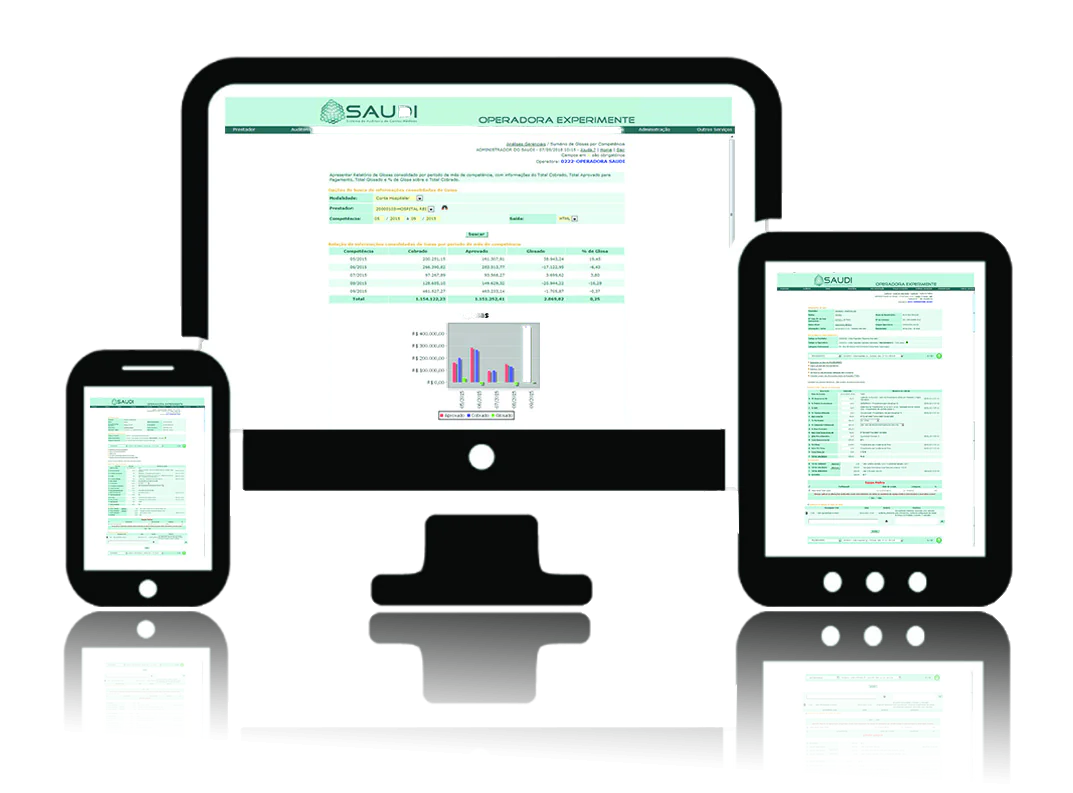Hypertension is a health problem that affects the vast majority of the world's population, so setting up a hypertension prevention program is an excellent initiative for your health plan provider to adopt and make a difference. According to data from the World Health Organization (WHO), 35% of the world population suffer from this health problem, that is, more than 2 billion people. Here in Brazil alone, according to Hospital Israelita Albert Einstein, there are around 2 million cases per year.
Hypertension, according to Hospital Israelita Albert Einstein, is a condition in which the force of blood against the wall of the arteries is too great. Normally, when a person's blood pressure is above 18/12, this situation is considered serious.
Therefore, knowing how to set up a hypertension prevention program is essential. If you have any doubts about this, continue reading.
Steps to set up a hypertension prevention program
To set up a hypertension prevention or Preventive Medicine program, it is necessary to consider a series of steps, which range from defining the target audience, to the part that concerns the ideal design of the program.
Definition of the target audience for the Preventive Medicine program
Any action aimed at organizing a program to promote Preventive Medicine must begin with obtaining data that allows managers to evaluate and design the profile of the target audience.
This is essential because actions must be designed and created according to the profile of the target audience of the project. preventive medicine program.
As a first step, define the demographic profile of the population of interest to the program. The demographic profile, according to IBGE, can be understood as a study referring to the population that allows the acquisition of various information about it, such as:
- Profession;
– Professional occupation;
– Age, whether or not they are elderly;
– How people live;
– If people have addictions, such as smoking, for example.
Developing the Preventive Medicine program: basic guidelines according to the ANS
After better understanding the target audience of the hypertension prevention program, it becomes easier to design it and, therefore, implement it.
In this sense, the National Health Agency (ANS) provides some guidance that can help in the process of developing a Preventive Medicine program. See what they are:
Diagnosis
Before starting to design the Preventive Medicine program, the public that has been studied and properly selected must undergo a clinical and laboratory investigation, so that managers and health professionals can better understand their medical, physical and laboratory history and adopt , thus, the best prevention actions depending on each person’s situation.
From clinical and laboratory evaluation, it is possible to obtain the following information:
– Blood pressure level;
– Checking for pre-existing injuries to organs;
– Identification of risk factors for the emergence of cardiovascular diseases, such as heart attack and stroke, for example;
– Diagnose diseases related to blood pressure.
This is information that can contribute to decision-making and, thus, guarantee better results in relation to the creation of a hypertension prevention program.
The ANS recommends the creation of a hypertension prevention program, primary prevention, according to the profile of the target audience and other information, such as risk factors.
Below, see some prevention actions that you can adopt in your program, depending on the patient's clinical and laboratory profile.
Weight control
If the patient is not within the ideal weight range, we seek to recommend a balanced low-calorie diet, associated with regular physical exercise. Weight control must be permanent, so that the program reaches its objective.
Reducing sodium intake
It is recommended to reduce daily sodium or sodium chloride intake to a maximum of 2.4 grams. This value must be contained in natural or processed foods.
Sodium is on the list of condiments that are harmful to your health, increasing blood pressure.
Increased potassium intake
On the other hand, we seek to recommend increasing potassium intake to a maximum of 4 grams, which must be contained in foods such as fruits and vegetables.
Potassium controls blood pressure levels.
Practice of physical exercises
As part of the hypertension prevention program, the ANS also recommends practicing physical exercise regularly. The ideal is to practice physical exercise for 30 to 45 minutes a day or three times a week, depending on other factors, such as being overweight.
Giving up alcohol and smoking
It is also recommended that the patient reduce or abandon alcohol intake, as it influences the increase in blood pressure levels, which may even lead to the development of cardiovascular diseases.
According to the ANS, daily alcohol consumption should not be greater than 30 ml for men and 15 ml for women suffering from hypertension. The ideal, however, is abandonment.
Smoking cessation
Smoking significantly raises blood pressure, favoring the development of diseases linked to this health problem. Its interruption helps to reduce the risk of stroke, as well as other well-known health problems.
Calcium and magnesium supplementation
As a preventive measure, adequate calcium and magnesium supplementation is recommended, as they are nutrients that contain substances that can help control blood pressure, ensuring well-being and quality of life.
In the process of adopting prevention actions according to each patient's profile, other risk factors must be considered, such as:
– Dyslipidemias;
– Glucose intolerance;
– Menopause;
– Oxidative and psychological stress.
Encouraging adherence to the program
Finally, as a last step, considering that you know your audience's profile well and the prevention actions you should take based on this information, it's time to think about strategies to encourage adherence to the program.
One way to achieve adherence is by encouraging the program's audience with prizes that can be used for their leisure and happiness, such as guaranteeing tickets to cinema, theater, sports games, etc.
As we have seen, to create a hypertension prevention program, it is necessary to consider several factors, such as the profile of the target audience, clinical and laboratory diagnosis and the adoption of actions that contribute to solving the problem.
To read other useful content like this, be sure to access our blog. Combined?









